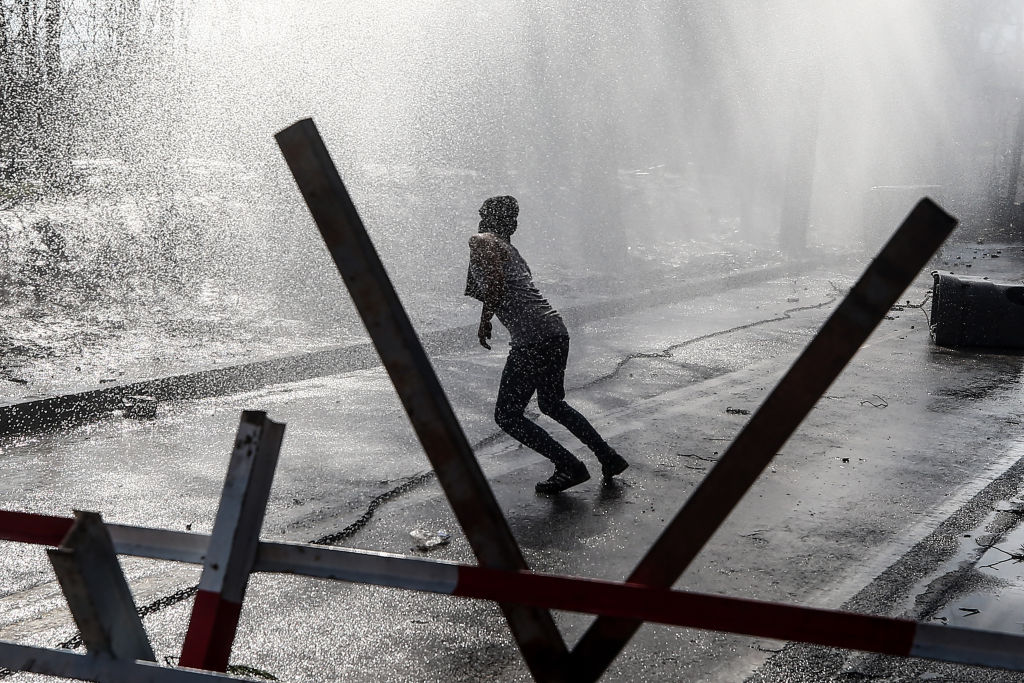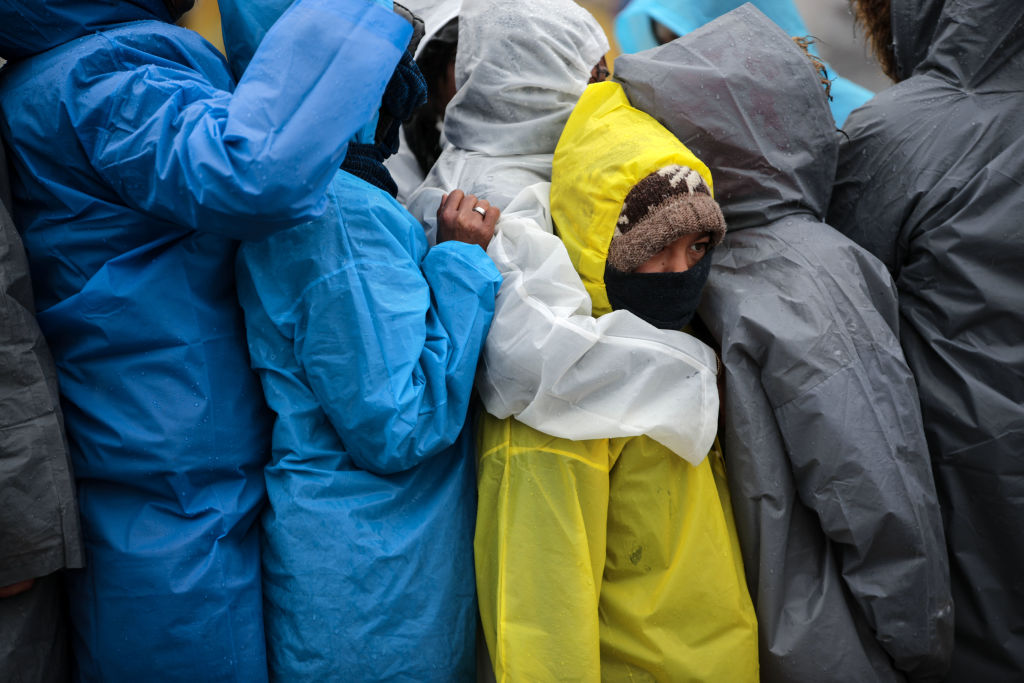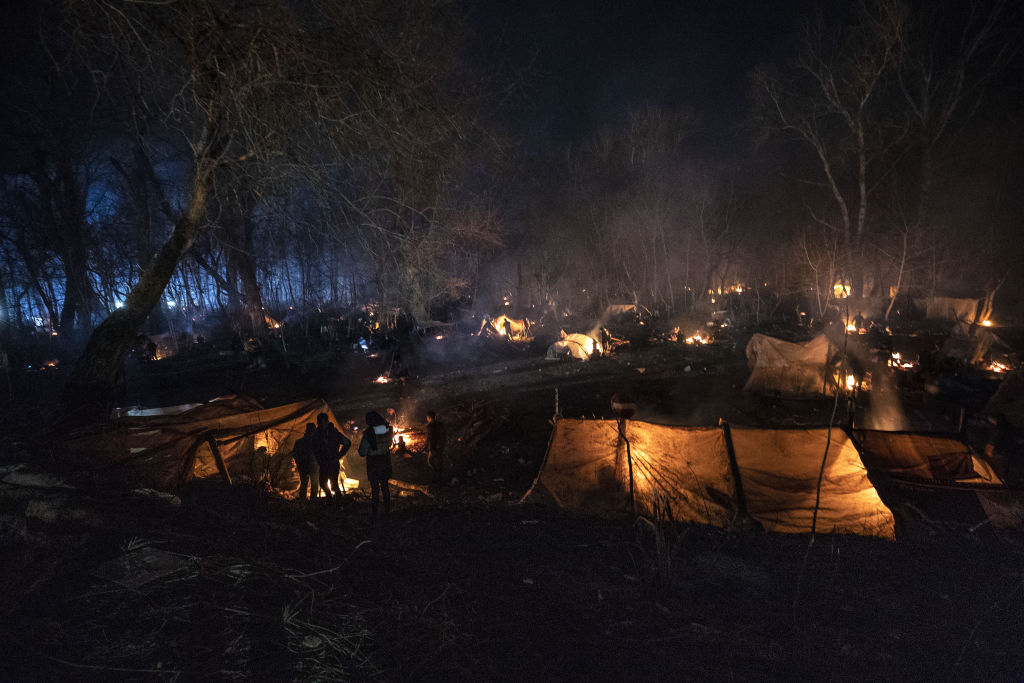Torment in Turkey
Asylum seekers funneled to EU border are pawns in power game
Thousands of asylum seekers gathered from late February into early March 2020 at Turkey’s Pazarkule border crossing to Greece. Their appearance was reported at the time as a spontaneous response to Turkey’s President Recep Tayyip Erdoğan declaring that he would “open the gates” to Europe.
Greece responded by shutting the Kastanies-Pazarkule crossing and Greek forces used tear gas and stun grenades to repel people trying to cross the border which Erdogan had declared would be open. In the following weeks thousands of holdouts who remained at Pazarkule hoping to cross went from one nightmare to another as the coronavirus outbreak gripped Europe.
On the night of March 26, Turkish forces burned the tents of those living in a makeshift camp and forced them onto buses, driving them thousands of miles across the country to quarantine camps.
METHODS
When Erdogan’s promise to migrants in Turkey turned out to be hollow and their makeshift camps were burned by police on the Turkish side, the asylum seekers’ future was unclear. We decided to follow them and analyse their movements to assess how much control the people themselves had over their destinations. Establishing contact with more than 30 of the refugees at Pazarkule, we started tracking their journeys, using apps, livestreams and media updates to trace and verify their testimonies.
This was often a challenge as many of the people had been deprived of their cellphones; others had not managed to activate their sim cards or had no credit to communicate. And others still were scared of speaking to the media.
The snippets of information we gleaned, however, helped us to track and verify much of their movements. This analysis and mapping exercise provided us with actual data to test the widely reported assertion that Turkey was using a proportion of the refugees keen to reach Europe as leverage. We were able to show how some refugees were taken to quarantine camps in Turkey’s eastern Anatolia region, some 1,000 kilometers away from Pazarkule. The tracking helped us determine how some people ended up destitute on the streets of Izmir, with many others, including children, in a detention facility in Ankara.
STORYLINES
A new border crisis erupted in late February 2020 when Turkey’s Erdogan said he was opening the gateway to thousands of migrants dreaming of a better future in Europe, prompting thousands to gather at the Pazarkule border crossing. Actually it was a cynical geopolitical ploy by Turkey’s leader. It followed the killing of 33 Turkish soldiers in Idlib province a few days earlier and was designed to exert pressure on the EU and NATO to support Turkey’s military operation in northern Syria.
Oblivious to these schemes, many of the migrants boarded buses to Pazarkule – some organised by Turkish authorities from Istanbul – while others walked. People gave up homes they’d been renting in Turkey and sold whatever belongings they had left.
Rima, a 45-year-old Syrian former nurse who had documented the atrocities of the regime in a field hospital in Daraa, packed up what she owned, left her rented accommodation and paid 500 Turkish lira (£56) to get to Pazarkule. She hoped to find a way into Europe and on to Switzerland where her sister has been granted asylum as a political refugee. Instead she was bussed to a detention facility in Ankara and, on her release, found she had lost her home.
When the asylum seekers found the border closed some of them realised that they were pawns in a Turkish power game. “I understood we were being used,” says Rima, one of the Syrian refugees we followed in our investigation.
As with other Syrians, she lives with the fear of deportation to Turkey’s so-called “safe zones” in northern Syria, having seen Erdogan’s pledges exposed as part of a standoff with the EU and NATO in which the refugees are pawns.
To keep up to date with Lighthouse investigations sign up for our monthly newsletter
The Impact
Our investigations don’t end when we publish a story with media partners. Reaching big public audiences is an important step but these investigations have an after life which we both track and take part in. Our work can lead to swift results from court cases to resignations, it can also have a slow-burn impact from public campaigns to political debates or community actions. Where appropriate we want to be part of the conversations that investigative journalism contributes to and to make a difference on the topics we cover. Check back here in the coming months for an update on how this work is having an impact.




